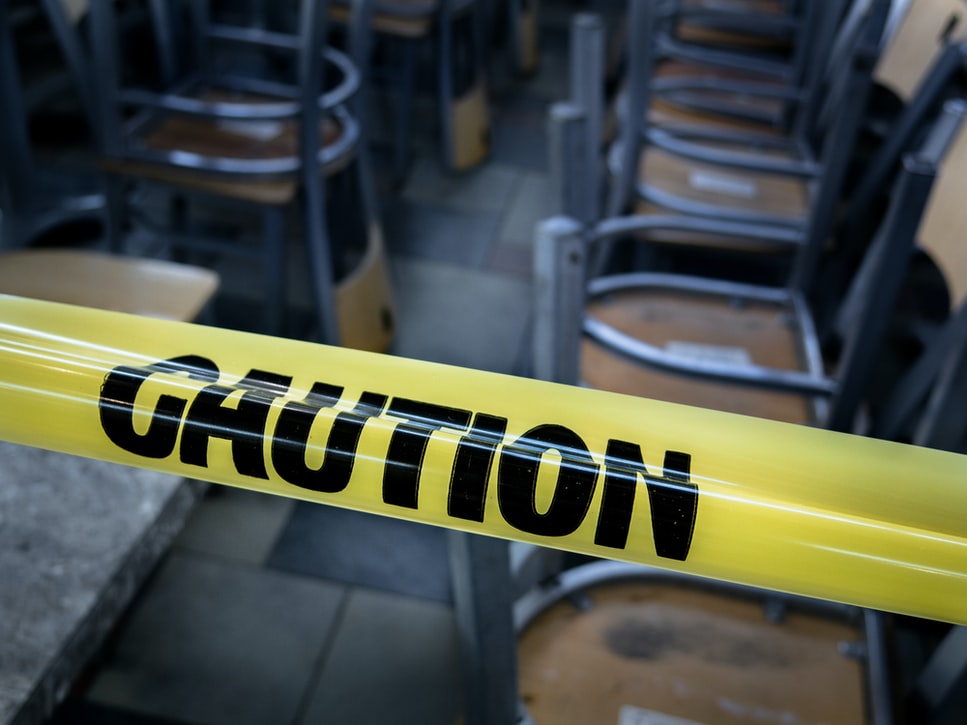The last six months have been tough on all of us. With strict lockdown rules having significant impacts on people from all walks of life. It has had a particularly negative effect on the nation’s businesses, many of which have all been hit hard.
In the last couple of months, the government announced the Bounce Back Loan Scheme (BBLS). The aim of these bounce back loans is to provide financial support to businesses that have lost revenue and seen their cash flow disrupted as a result of the pandemic.
Its aim is to provide financial support to businesses that have lost revenue and seen their cash flow disrupted as a result of COVID-19.
What is the Bounce Back Loan Scheme?
The bounce back loan scheme affords the lender a 100 per cent government-backed guarantee against their outstanding balance, including capital and interest. The loans were designed to be relatively easy to obtain — all you needed to do was fill out a form and within a few days the money would be in your account.
On the face of it, this has been great news for limited companies, and a very generous offering by the government. It is very cheap money, easy to obtain, no personal guarantees are required and you don’t have to make any repayments for 12 months. Why wouldn’t you take one out?
The repayments range from £93.95 per month to £939.49 per month, depending on whether you take out £5,000 or £50,0000.
Anecdotally, however, it is clear that many businesses have taken advantage of this scheme.
The Potential for Bounce Back Loan Fraud
This possible gesture of good will is ripe for possible bounce back loan fraud, however. In the immediate aftermath of the introduction of bounce back loans, horror stories began circulating of people setting up new businesses or buying off-the-shelf companies with the sole intention of taking out the loan, without any real intention of ever paying it back.
Just recently a clip was circulated around LinkedIn showing a car showroom which was almost conned by a ‘customer’ who had attempted to take out a BBL in the showroom’s name in order to pay for a vehicle. Fortunately, the owner of the business was wise to this and noticed it in time, preventing a huge impact on his company. But many may not have been so lucky.

It has not been uncommon for companies which are part of a group taking out more than one BBL within the group, again, totally against the rule of the scheme.
The form for the bounce back loans actually includes a declaration whereby you must confirm that you have only taken out one loan in the group. Making this form of BBL fraud as clear as day.
The repercussions of this are potentially massive. Apart from the ethical and moral issues arising, the financial losses will hit the country hard, as it is questionable how many of these loans will be repaid.
The impact will very much depend on how hard the banks and government pursue these businesses. In reality, the banks will probably not care so much, as they will be paid no matter what. I suspect the government will take a very grim view, and the NCA and CPS are likely to take these cases seriously.
Following on from the recent arrests made in relation to alleged furlough fraud, I anticipate a number of arrests arising from BBL fraud, which will have serious ramifications for those involved.
From an insolvency practitioner’s point of view, it opens up a huge can of worms. The regulatory bodies need to look at this and provide some guidance.
Potential Coronavirus Bounce Back Loan Issues
Ignoring the obviously fraudulent applications, there are still potential issues for seemingly genuine borrowers who have applied to the scheme to attempt to save their business — the potential for preference claims is high as a result of the scheme, so too the possibility that lower spending power, footfall, and continued impacts to trade post-pandemic could cause repayments to be stunted.
The majority of directors taking out bounce back loans will have done it with only the best intentions, and the genuine belief that they will be able to follow the terms and repay on time without any long-term repercussions to the future of their business. After all, BBLs were introduced to assist struggling businesses throughout the pandemic.

However, the as-yet unknown of post-lockdown life will likely come with its own set of difficulties for businesses, including:
- Lower spending power due to months of inactivity
- Decreased traffic due to people not being eager to rush out of the house
- Social distancing will likely remain, forcing many companies to operate at a lower capacity
All of this and more will inevitably have a huge impact on trade, and as a result on businesses’ ability to repay their bounce back loans, potentially leading to a trend of increased insolvency.
Additionally, what if the director of the company has used the BBL to repay all unsecured creditors (including themselves) and left the company with only the BBL?
Is there a potential preference claim, i.e. the company has preferred its other unsecured creditors over the bank? IPs will need to keep a close eye on this, but will also need to consider the cost and risks of making such claims, and the ability of the directors to repay the monies.
Company accountants and advisors will need to be very careful with the advice that they provide to their clients if the business was in difficulty prior to lockdown, as simply having a BBL could land the directors in hot water.
COVID Bounce Back Loan Advice for Directors and Advisors
The inception of bounce back loans is an unprecedented time for business owners, leading many to turn to expert professional advice. However these experts, while being able to offer guidance, will not be experts on the situation either. This possible lack of knowledge could lead to businesses making poor decisions.

Directors will have to remember the following:
- If they take the money out of the company, this may result in an overdrawn director’s loan account. A liquidator is likely to try and recover this money for the benefit of creditors.
- If they have taken more than one BBL out in a group unintentionally, they should repay this to the bank as soon as possible.
- If the business was failing or ceased trading prior to taking out the BBL and has not traded since the end of lockdown, it would be best to repay the monies to the bank prior to entering into any insolvency process.
Another question is: What should professional advisors do if they suspect wrongdoing?
By the letter of the law, they should submit a Suspicious Activity Report (SAR).
However, based on what I have said above, this could lead to hundreds, if not thousands, of SARs.
Notwithstanding all of the above, we do also need to take into account the overall long-term intention of the scheme. I believe that it was put in place to try and stimulate the economy by helping people to spend, create trade and preserve or create jobs.
If the money has been used to pay creditors or to buy assets or investments, has there really been any loss, as it has gone back into the economy?
Final Thoughts
Only time will tell how serious the authorities take these issues, but directors and professional advisors need to be aware of the potential pitfalls of not following due process or providing the right advice.
The complexities and unprecedented nature of the government’s bounce back loan scheme means that a large share of businesses that took them out may be unsure over where they stand, and how it could affect them in the future.
The Inquesta team boasts decades of experience in guiding companies through tumultuous times. There is nothing we haven’t seen and can’t deal with.
To find out more about how Inquesta can help you, contact a member of our team today, or request a free consultation.




